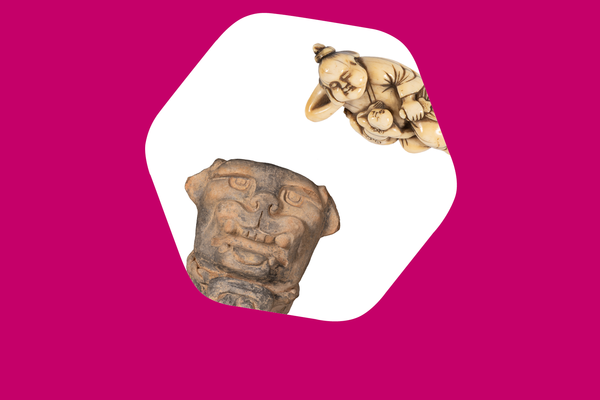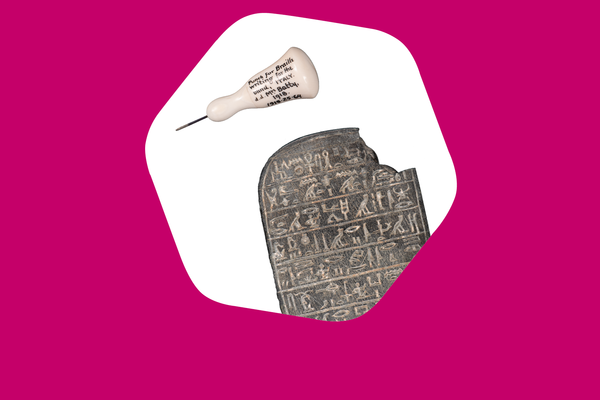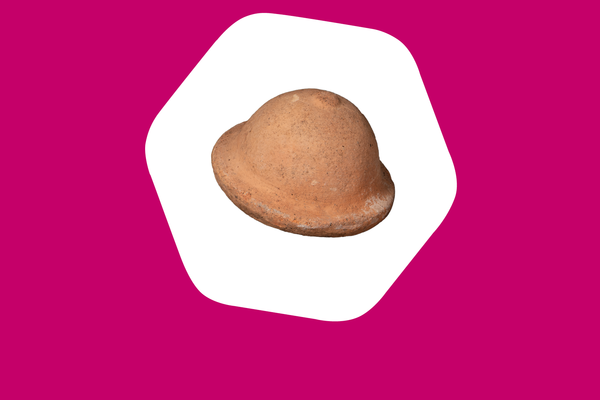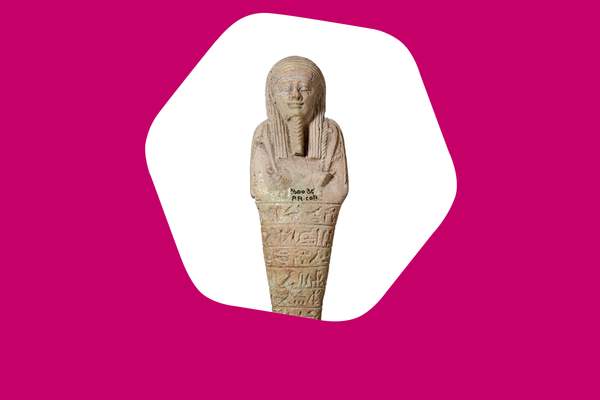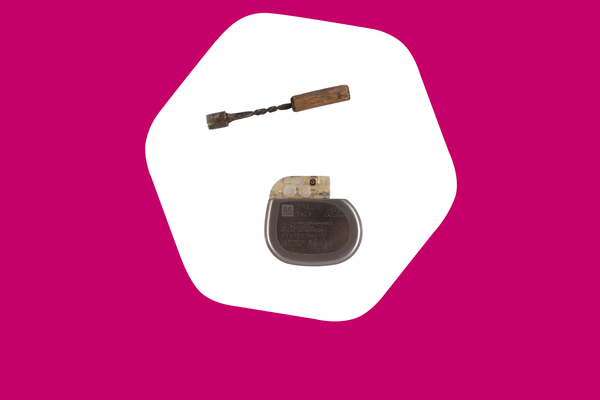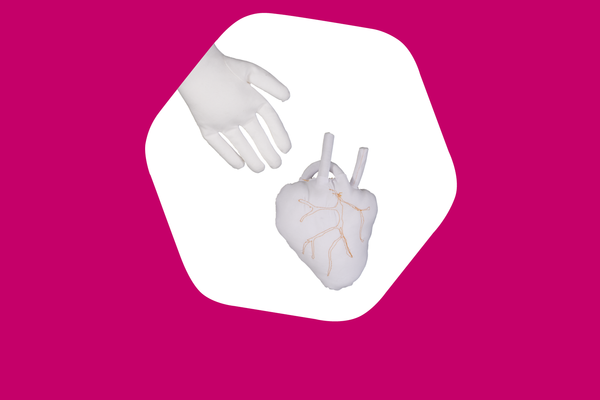Nothing Without Us: Experiences of Disability
Nothing Without Us was a co-produced gallery trail that shared the lived experiences of disabled people, their stories revealed by objects in the Pitt Rivers Museum.
In the summer of 2023, the Museum’s Curating for Change Fellow, Kyle Lewis Jordan, led a group of co-producers in researching disability across multiple times and spaces. Their questions grew from asking how disabled people lived throughout time, to interrogating how the objects capture the experience of disability itself. Their ideas covered themes of Form and Function, Precarity and Violence, and Care.
We invite you to reflect on how such experiences have not only shaped their lives, but have a deeper connection and meaning that matters for all of us.
Download the A5 Nothing Without Us trail booklet (pdf).
Download the A4 larger print version (44 page pdf) that includes all the text featured in the trail alongside pictures of the exhibits.
Download the A4 word document containing text for the project page and the A4 word document containing text for the all trail stop displays.
All the content on the trail webpages below was also made available to view on NaviLens app and NaviLens go app during the exhibition run.
Shaping the Body and the Mind
Communication and Expression
A Prayer for Help
Life, Death, (After)Life
Surgical Interventions
Why do we Maim?
This co-produced trail was part of Curating for Change, an initiative delivered in partnership with Accentuate and Screen South, providing opportunities for D/deaf, disabled and neurodivergent people, to purse a curatorial career in Museums. The project is led by Accentuate, a specialist programme within the organisation Screen South. Curating for Change is working with Fellow and Trainees at over 20 museums across England.
Find out more about Curating for Change
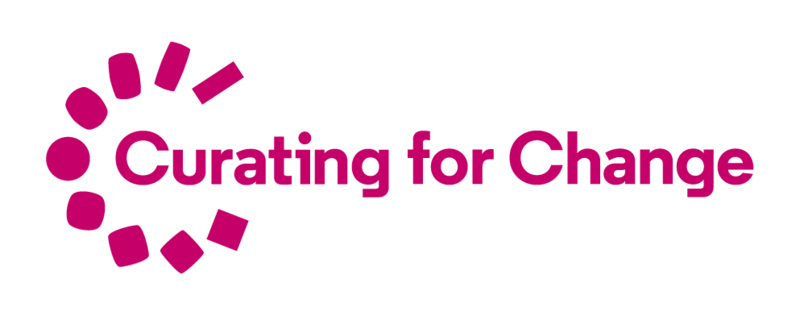





This trail launch and accompanying programme of work was prepared to coincide 2023's Disability History Month 16 November – 16 December, which focuses on the Experience of Disablement amongst children and young people in the past, now and what is needed for the future.
Find out about Disability History Month
